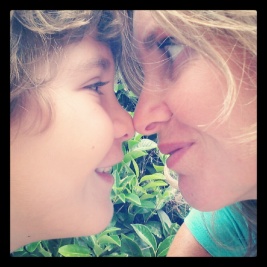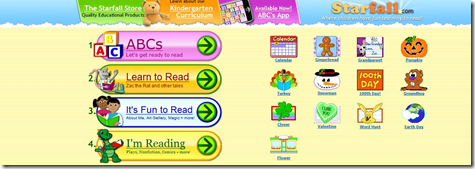Young children, especially pre-schoolers can’t yet read or write so it’s important to find ways of introducing and practicing new vocabulary in an ESL classroom using methods that don’t involve reading or writing.
So what can a teacher utilize?
Exciting children and capturing their attention is key and I often bring to class real objects and costumes from home for children to touch and smell or play with- stimulating all their senses. But carrying props to and from class can sometimes be impractical – as an alternative flashcards work well.
Flashcards are simple, colourful drawings or photos that help children, of any age or language level, visually understand the meaning of the word it represents. They can be bought or easily printed and laminated and can be used to accompany games, stories and songs.
How to use flashcards to teach English?
Avoid using flashcards mechanically by simply holding them in front of the class and repeating the word over and over in a parrot fashion. This is an out-dated method used years ago and in my opinion makes learning very boring and unproductive.
Do use flashcards creatively and actively. Here is an example of a simple flashcard game, one that I have successfully played even with children as young as 2 years of age.
Traffic Lights
A flashcard movement game to introduce colours.
Level: All
Age group: 2+
Time: 7 mins
Aims: To introduce colours: Red, Yellow and Green.
Start by asking the children to pretend driving an imaginary car around the space for a minute or two manoeuvring the steering wheel and honking an imaginary horn “BEEP; BEEP”!
Then explain that they are going to play a game called “Traffic Light”. The teacher holds up a different colour flashcard (red , yellow or green) and the children have to react and drive their “cars” around the space accordingly.
Holding up a green flashcard indicates the children to GO (they pretend to drive fast around the space).
Holding up a yellow flashcard indicates the children to drive SLOWLY ( they pretend to drive slowly or crawl on all fours around the space )
Holding up a red flashcard indicates the children to STOP (the children stop still and freeze)
Repeat and practice a few times chopping and changing different colour flashcards.
As an extra activity choose a child to become the “traffic controller” and holds up and calls out the different colour flashcards.
Flashcard resources – a useful website to select and print your own flashcards.
Happy teaching – Miranda







